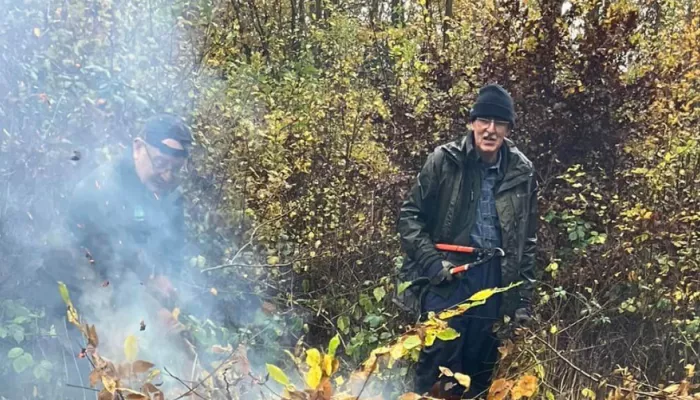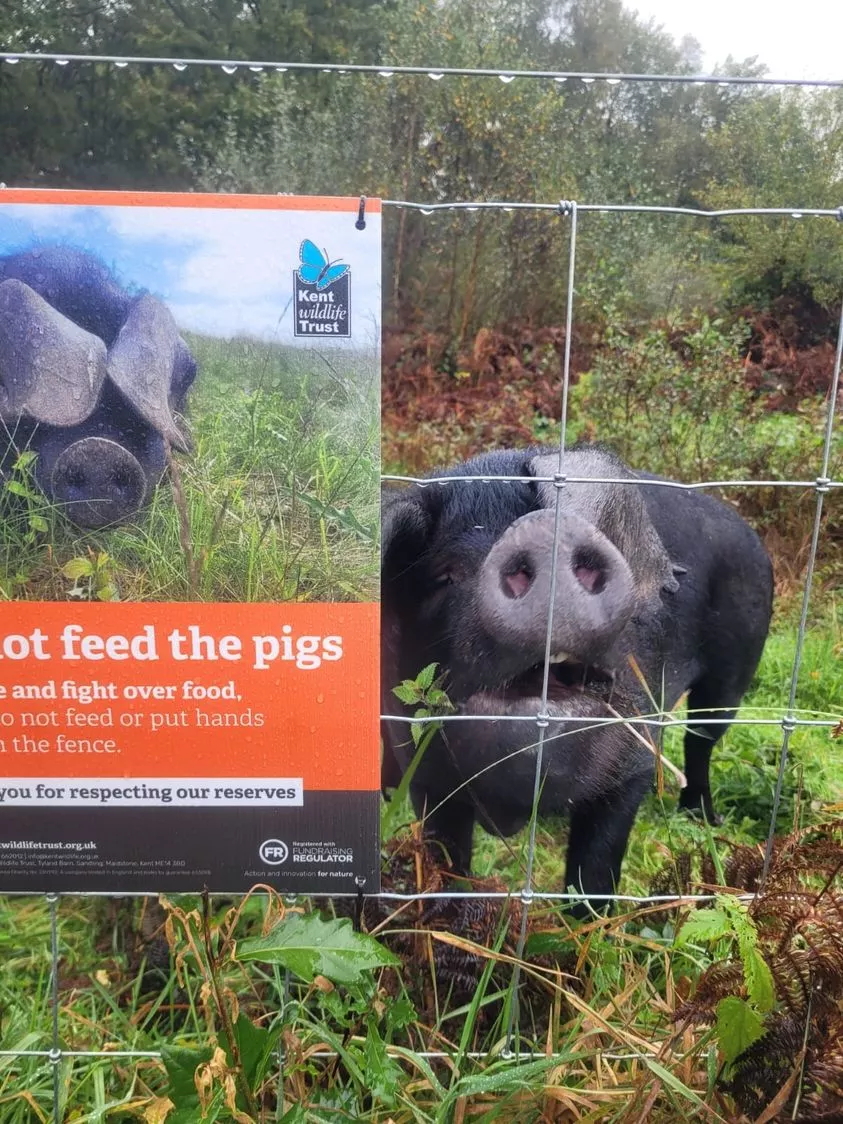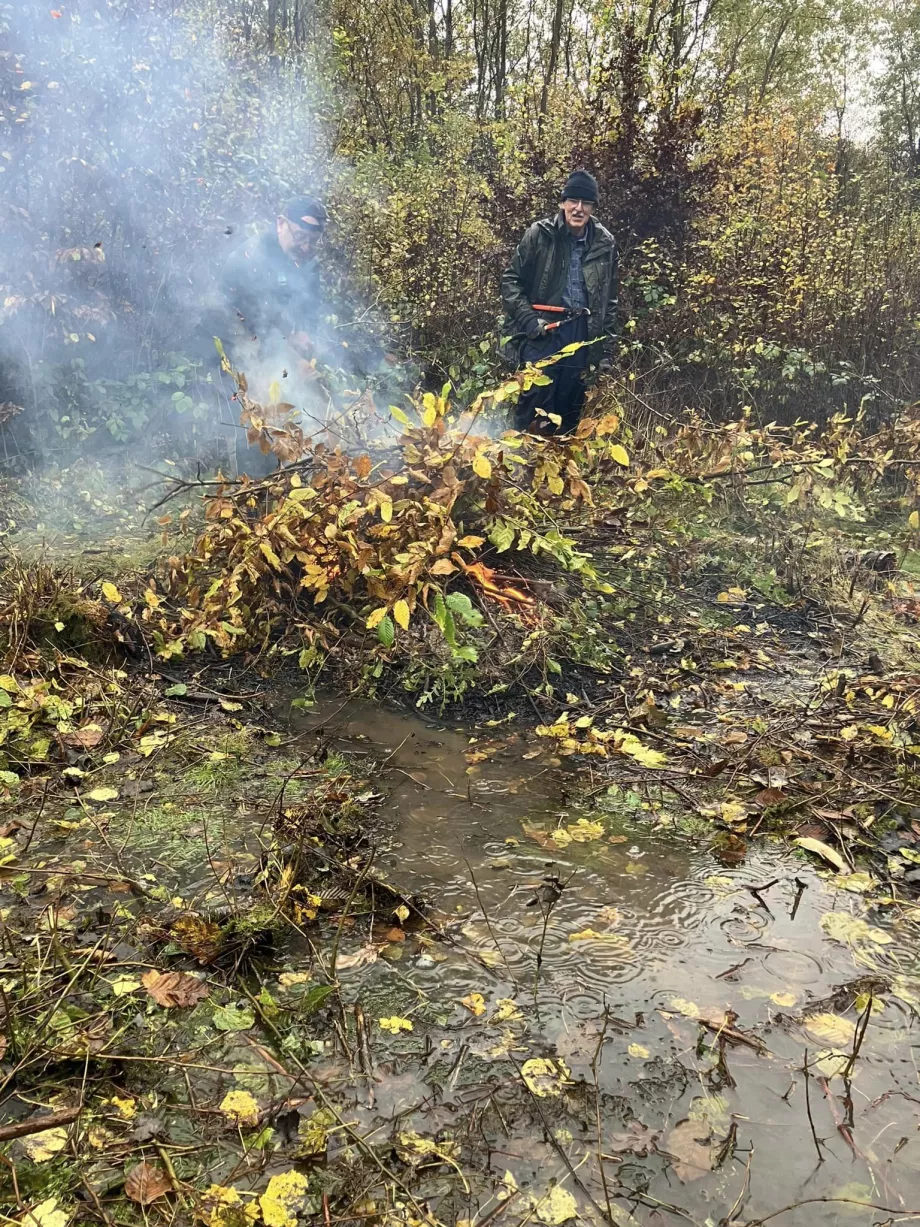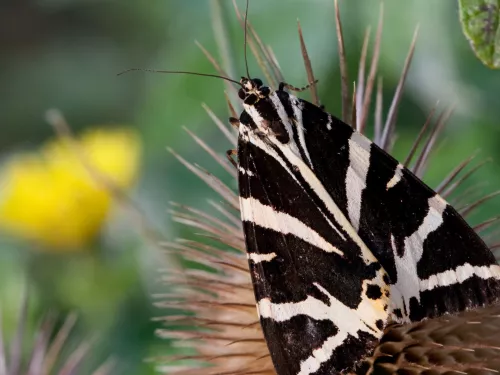
Meet the herd – the eight wild bison on a wilding journey in Canterbury
Since bison were released into West Blean and Thornden Woods on the outskirts of Canterbury, they have not only transformed the landscape but significantly grown in number.

Area Manager Ian Rickards advises that "there will be heavy machinery on site by December, carrying out the last of the Precious Peatland restoration work. This will include tree removal and building dams to control water. Currently the amount of young scrub cover is having a huge effect on the wetland, sucking the water from the bogs in the summer, with much of the pools dry by June.
With the ongoing impact of climate change, we need to make sure these nature reserves are as resilient as possible, coping with extreme drought and flood.
Removing the trees will allow the bogs to stay wetter and provide the water that the peat bogs and all their wildlife require. There will be a lot of disturbance during and after the work, but the areas that were cleared last year have quickly colonised with heathland species, such as heather, sheep sorrel, heath rush and tormentil. The machines have a similar effect to that of the pigs, and we hope that we can replace excavators for more natural approaches in the future."
There are only two pigs on site as pigs require a much larger area to roam and feed off in a permanent setting. As well as wild boar, domestic pigs would have been familiar in woods in the area for centuries. The Domesday Book of 1086, the survey of resources in feudal England and parts of Wales, commissioned by the recent incomer/invader William the Conqueror, includes records for this area, which at the time was called “the Hundred of Calehill”.
In the nine places listed in Calehill, no animal other than swine is mentioned, and swine are always in the context of woods. Westwell listed meadow, 20 acres; woodland, 80 swine, the Manor of Beaumonston listed meadow, 33 acres; woodland, 40 swine; Dean Court: meadow 1 acre; woodland, 7 swine; Little Chart: meadow 21 acres, woodland 35 swine; Rooting had no household, just one lord’s plough team. Pluckley (140 swine), Pivington (60 swine) and Pett (35 swine) are assessed but Hothfield is not mentioned.

Pig behind a fence looking up at the camera next to a sign which says 'Do not feed the pigs' at Hothfield Heathland Nature Reserve ©Margery Thomas
Hats off to the indomitable Ashford volunteers who spent this very wet 14th November working at Stone Wood until 16mm of rain fell in three hours, encircling their bonfire with a moat then swamping it. Paths on Hothfield Heathlands are already muddy so the temptation is to walk along the verges and create more mud and wider paths. Kent Wildlife Trust encourages everyone to wear the appropriate footwear (with perhaps a walking pole to help with balance) and to keep to the actual paths, enjoying the mud and puddles and helping to protect the fragile plants that grow on path verges.
The gorse is already in bloom, resident birds are easier to spot among bare branches, and we await the migrants, meadow pipits, linnets and tits, a shrike like last year even! If the current sheets of water persist through the winter they will attract waders such as snipe and little egrets. Kent Wildlife Trust's website has a selection of Christmas presents. In the ‘adopt a species’ category, the highland cow cuddly toy and the barn owl are equally important to this reserve. Every adoption helps protect the species and supports the Trust.

Volunteer at Hothfield Heathland clearing away scrub in the rain ©Margery Thomas
The work of our volunteers is vital to helping restore and maintain natural ecosystems. It's a great way to get out into nature, learn, and work in teams while doing crucial ecological work!

Since bison were released into West Blean and Thornden Woods on the outskirts of Canterbury, they have not only transformed the landscape but significantly grown in number.

Margery Thomas, Hothfield Volunteer and regular columnist looks at the lack of butterfly sightings in recent months, the work volunteers are doing to remove bracken and how this all impact the wider management of the last remaining fragments of heathland…

By August, floral glory has passed from the orchids (heath spotted, southern marsh and a few large hybrids) to the heather or ling. As ever, we hope for a protracted display of purple in the heathy areas, which is likely if the cool nights persist. Orchid…